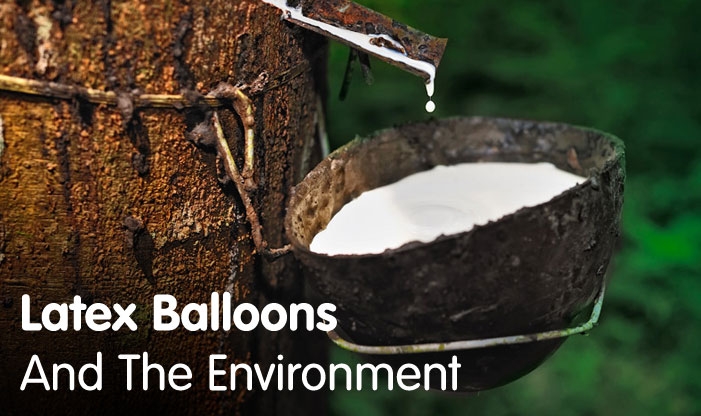Pantone Colour Matching
Many people know that Pantone® is a colour matching system.
What you may not know is that Pantone colours are a special brand of inks used at professional printing companies that have the equipment to create an exact colour. Each single colour is hand-mixed from a recipe and individually printed. Unless you’re using real Pantone ink, you’re not really Pantone matching.
Everyone can benefit from picking Pantone colours to officially represent their brand. Avoid these common myths and your designs will come out beautifully every time.
Myth 1: You Can Use Normal Inks to Match Pantone Swatches
A CMYK printer uses 4 basic ink colours and mixes them to produce a full-colour piece. This is the kind of printer you’re going to encounter 99% of the time, both with professional vendors and in your own office.
You can print a piece with both Pantone ink and CMYK on the same machine, as long as the machine has that ability (each ink is called a “spot colour“). However, a lot of folks think you can use CMYK ink alone to match a Pantone colour. C=Cyan M=Magenta Y=Yellow K=Black
The fact is, trying to use CMYK inks to imitate a Pantone colour can be frustrating. The same file can look like a different colour on one CMYK printer vs. another. Because of this, the only way to truly ensure a match is trial and error. This can definitely be done, but it depends on if your printer is willing to do it. Most likely, the cheap bulk printing websites won’t provide this service, but if you have a vendor with real personal-touch customer service, they can help. Be aware that big printing presses are expensive machines that are running constantly, so a lot of printers have a hefty minimum order that doesn’t budge.
There’s good news: This doesn’t mean you can’t approximate the colour in CMYK. You definitely can! CYMK can get pretty close, there is just no 100% guarantee.
Tip: When setting up your print files for a CMYK printer, don’t use an official Pantone colour in the file. Find a CMYK version you feel is close when printed. Pantone sells conversion swatch books that will give you their suggestion for what to use. A print shop with great customer service can help make sure what they produce is as close as possible as well.
A quick rule of thumb: If your artwork is a full-colour design, containing things like photos, or gradients, you’re most likely needing to use a CMYK printer. Pantone inks don’t do well with blending or shades as they have to use a visible halftone effect.
Myth 2: Pantone Swatches Can Be Used Digitally
Printed Pantone swatches and the Pantone colours on your computer can’t match exactly. The colours in Photoshop (and all design programs) can vary, and were not designed to be a great visual equivalent. They may be close, but often you’ll see a difference. Your blue might be too purple, or your red may be too bright.R=Red G=Green B=Blue
The fact is, everyone’s computer screens and settings are different, and the way that a colour looks on a paper swatch will never be quite the way a colour looks on a screen. Digital screens use a colour profile called RGB. With a different colour mixing method, the results can be expected to be often mismatched.
Tip: Find a close RGB version of your colour and use it consistently for your website and all of your digital marketing. Pantone’s official conversion swatch books can help here too. Keep in mind, it may not look the same from screen to screen.
Myth 3: Pantone Colours will Look the Same on Any Material
If you’re using real Pantone ink, you’re good to go, right? But don’t forget to consider what you’re printing on. Suddenly, you might be asking yourself, “Why doesn’t my logo look the same on vinyl as it does on metal?”
The fact is, the material you choose could affect the shade of ink. Some materials are darker, more translucent, or more absorbent than others. A professional vendor should be able to help you get it closer to the colour you want, but be prepared for a difference. Sometimes there’s just not much you can do. For example, perforated vinyl is simply less vibrant than regular vinyl.
Tip: For unusual or dark materials like metal and wood, an undercoat of white will help. Generally, white paper shows colour splendidly. Pantone provides a different ink for Coated (C) and Uncoated (U) papers. Pick a Pantone number for both versions ahead of time and use the one that’s right for your project. Keep in mind that Uncoated will probably look less vibrant, and sometimes will be a different number than the Coated version.
Myth 4: Pantone Colours are Super Affordable
So, CMYK not cutting it? Make sure you’re paying for actual Pantone brand ink. When properly used, the results are fantastic! Before you do though, make sure you research the costs.
The fact is, when it comes to printing on paper, Pantone ink is for big budget projects. Each ink has to be specially mixed, and takes up a whole colour slot in the printing press. There’s only so many slots on the machine, so multiple colours can really stack up the price.
There are many ways to end up with rich colours and design without dropping a lot of cash on Pantone colours. So, if your budget doesn’t allow for specialty mixed ink, have no fear. A great design company will make sure that you are using great colours no matter what your budget is.




